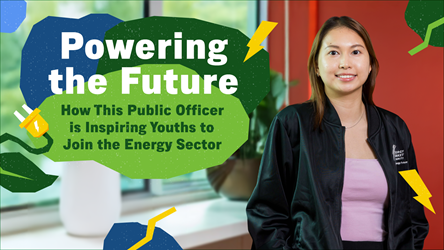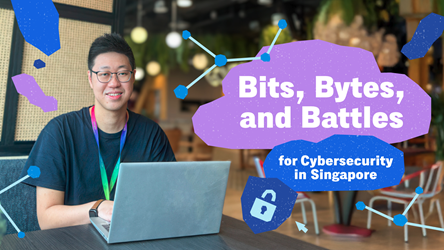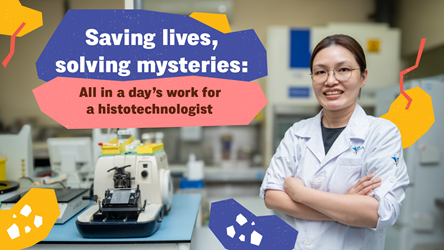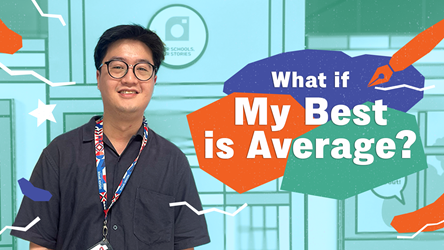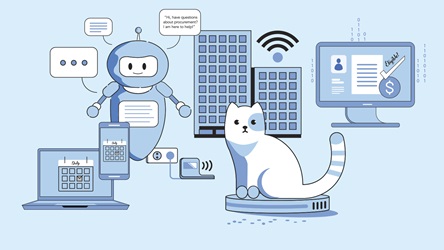Data at Her Fingertips

Hi Michelle, nice to meet you! Can you tell us a bit about yourself?
Hello! I’m a Geography major from the National University of Singapore. This is my first job after I graduated, and I’ve been working at URA for about two years.
Can you break down the concept of urban planning for us?
To me, urban planning is a bit like piecing together a very complicated jigsaw puzzle. At the end of the day, we need to achieve the “big picture”, and we do this by putting together different components and requirements to optimise the outcome. In land-scarce Singapore, careful planning for land uses and facilities is essential to ensure that the future needs of citizens are taken care of. This is important because these needs are changing all the time.
Tell us more about the Digital Planning Lab Department.
The Digital Planning Lab is all about using data-driven methods to plan more effectively and efficiently. Our digital tools provide insight into spatial and temporal trend analyses, helping us understand the workings of Singapore better. One tool which we developed is our 3D GIS. With its large-scale 3D simulations of the Singapore landscape, our planners and architects can visualise the city better. For example, it’s easier for them to visualise where view corridors to landmarks and waterfronts should be placed.

What do you enjoy most about working at URA?
Definitely the supportive environment and culture of mutual learning. I was only a few months into the job when I had to do a facilities gap analysis. In just a couple of days, I had to pick up new methods of geospatial analysis from scratch. I was apprehensive and felt like a fish out of water. Looking back, it was a steep learning curve but I thoroughly enjoyed the process as my colleagues were very supportive. We’re constantly learning from one another as there are new developments in our work every day.
Thanks for sharing, Michelle! Any last words for our readers before you sign off?
Our work has a tremendous influence on many lives. For those thinking of joining the Public Service, serve from the heart and always strive to make Singapore a better place for its citizens.
- POSTED ON
Jul 25, 2016
-
Profile
What If My Best Is Average?
-
Infographics
Projects That Push Productivity




